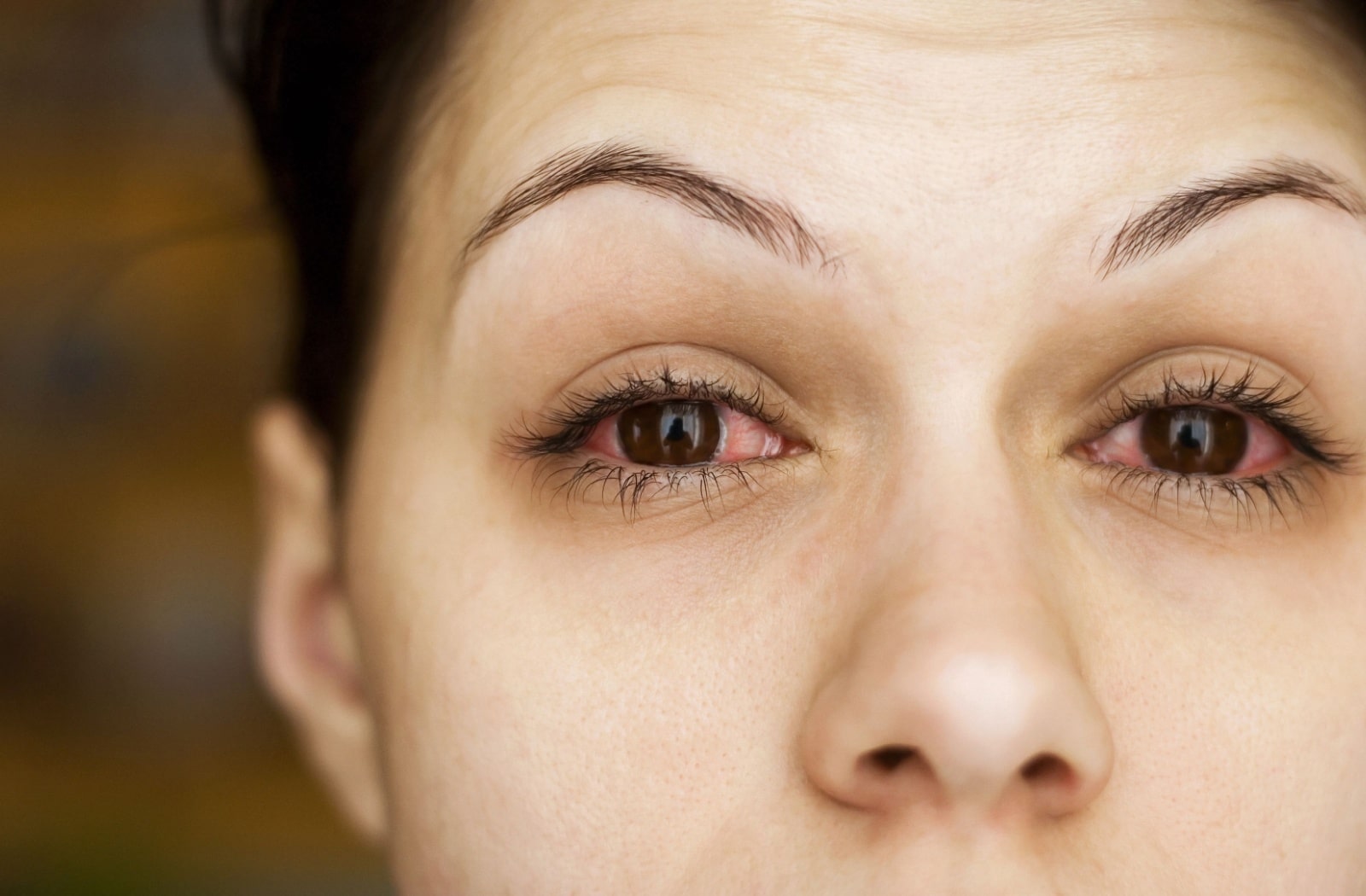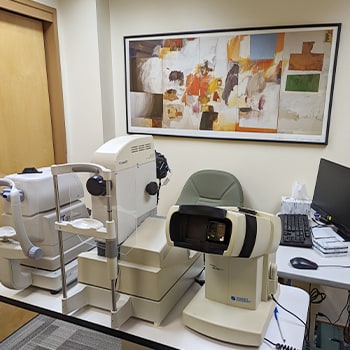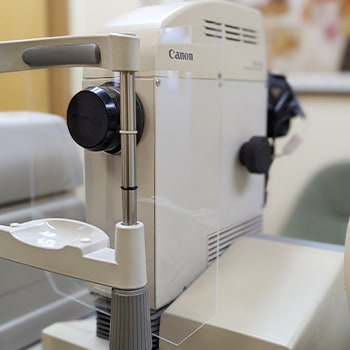Dry Eye Relief at Focus West Optometry
Dry eye is a common eye condition that brings on symptoms like irritation, eye fatigue, and even blurry vision. A variety of factors, including tear production and quality, environmental factors, and excessive screen time, can cause dry eyes.
Dry eye can be challenging to manage, but the good news is that you don’t have to deal with it alone! Our team is in your corner to help you understand your symptoms and find a personalized solution.
Through innovative solutions like iLux®, punctal plugs, and dry eye kits, we can help you find relief! Schedule your appointment today.
Book AppointmentMGD & Dry Eyes
Dry eye can occur when something goes wrong with your tear production process or the glands that produce these elements become inflamed. Your tears are made up of 3 layers:
- The oily outer layer
- The watery middle layer
- The inner mucus layer
Inflammation can also cause meibomian gland dysfunction (MGD). MGD can reduce oil production, causing the water layer to evaporate and accelerating dryness.
iLux® & Other Dry Eye Solutions
We offer different dry eye treatments, from the innovative iLux® device to dry eye kits that can help you find relief.
iLux®
iLux® is an innovative treatment method for dry eyes. iLux® uses light-based heat that warms blocked glands to a safe temperature to help soften and release oils and express meibomian (oil) glands in MGD. It addresses the blockage and stasis of oil within the meibomian glands, helping restore their function.
iLux® is safe and effective and can help our patients get their comfort back from dry eyes!
Punctal Plugs
Punctal plugs help manage dry eyes when your tears are draining from your eyes too quickly. Punctal plugs are tiny devices that are placed into your tear ducts to slow down how fast tears leave the surface of your eyes.
Punctal plugs typically come in temporary or dissolving and semi-permanent types.
Dry Eye Kits
Our dry eye kits include eye drops, vitamins, and lid wipes to help relieve dry eye symptoms. Our team can determine what treatment methods are ideal for your dry eye symptoms through a comprehensive eye exam.
Rehydrate Your Eyes
Dry eye can be a challenging eye condition to manage, and our team wants to help you keep dry eye symptoms and discomfort at bay. Through iLux® and other treatment solutions, we want to help you regain comfort and rehydrate your eyes.
Contact us to schedule an appointment and get to the bottom of your dry eye symptoms today.
Book AppointmentCome Visit Us

Our Address
- 268 Stewart Green SW
- Calgary, AB T3H 3C8
Contact Information
- Phone: 403-217-3322
- Email: [email protected]
Hours of Operation
Hours
- Monday: 9:00 AM – 5:00 PM
- Tuesday: 9:00 AM – 7:00 PM
- Wednesday: 9:00 AM – 7:00 PM
- Thursday: 9:00 AM – 7:00 PM
- Friday: 9:00 AM – 5:00 PM
- Saturday: 10:00 AM – 3:00 PM
- Sunday: Closed
Our Brands




Our Google Reviews
Our Blogs
How to Treat Meibomian Gland Dysfunction
Dry Eye TreatmentAt Focus West Optometry, we recommend a well-rounded approach through our dry eye therapy. We can use iLux® where gentle amounts of light-based heat stimulate the area to promote healthy tear production. […]
How Heat Can Cause Dry Eye During Winter
Dry Eye Treatment, Eye HealthAs the crisp, cold winter air sets in, many of us retreat indoors to the cozy warmth of our heated homes. However, while we hide from the winter chill, we may unwittingly expose our eyes to an often-overlooked culprit behind dry eye symptoms: indoor heat! Space heaters and furnaces can remove the humidity from your […]
Dry Eye at Work: How to Find Relief
Dry Eye TreatmentYou are not alone if you struggle with dry eyes while at work. Many people experience dry eye symptoms, such as burning, redness, and blurred vision, due to work-related factors like digital eye strain and a dry office environment. While it may seem like a minor inconvenience, untreated dry eyes can lead to more severe […]
How to Treat Meibomian Gland Dysfunction

At Focus West Optometry, we recommend a well-rounded approach through our dry eye therapy. We can use iLux® where gentle amounts of light-based heat stimulate the area to promote healthy tear production. […]
How Heat Can Cause Dry Eye During Winter

As the crisp, cold winter air sets in, many of us retreat indoors to the cozy warmth of our heated homes. However, while we hide from the winter chill, we may unwittingly expose our eyes to an often-overlooked culprit behind dry eye symptoms: indoor heat! Space heaters and furnaces can remove the humidity from your […]
Dry Eye at Work: How to Find Relief

You are not alone if you struggle with dry eyes while at work. Many people experience dry eye symptoms, such as burning, redness, and blurred vision, due to work-related factors like digital eye strain and a dry office environment. While it may seem like a minor inconvenience, untreated dry eyes can lead to more severe […]





























